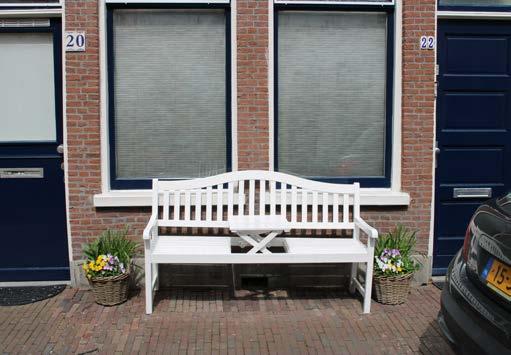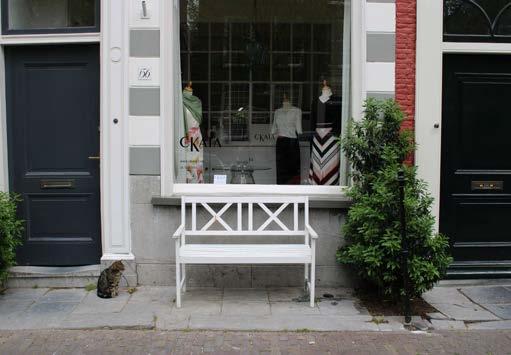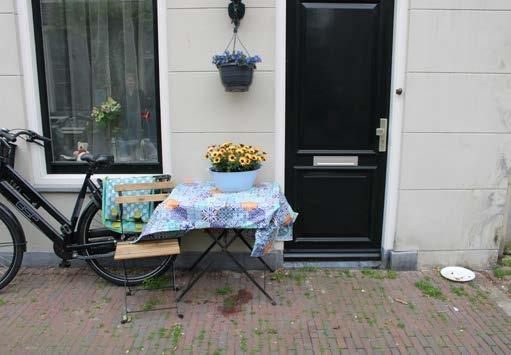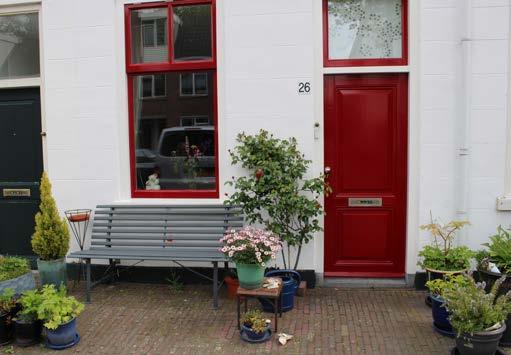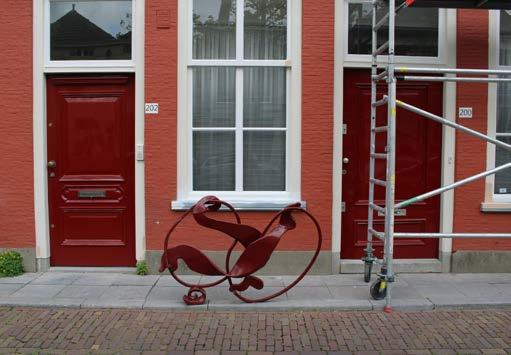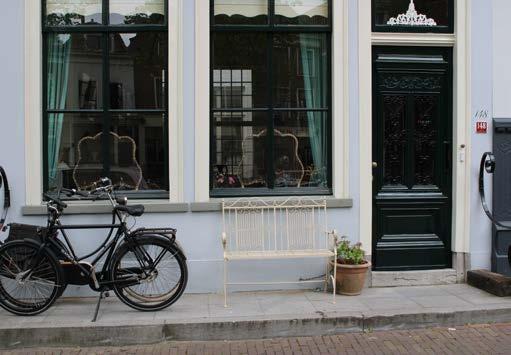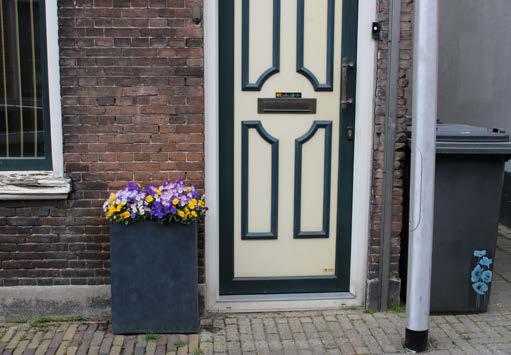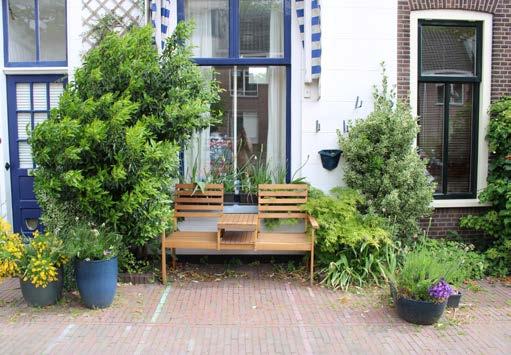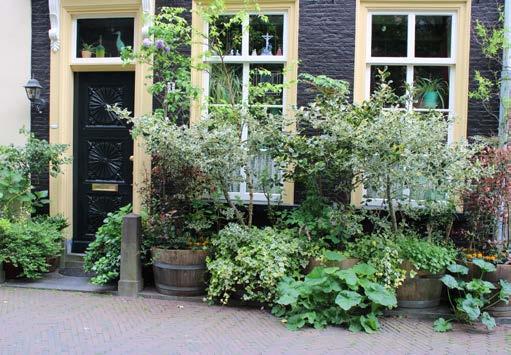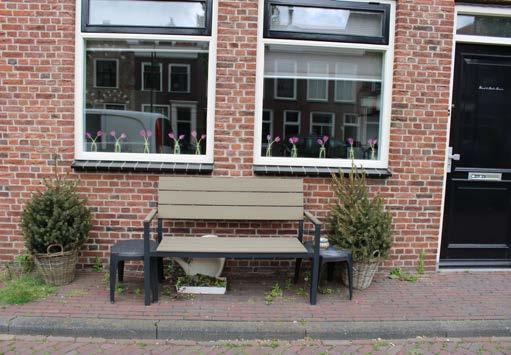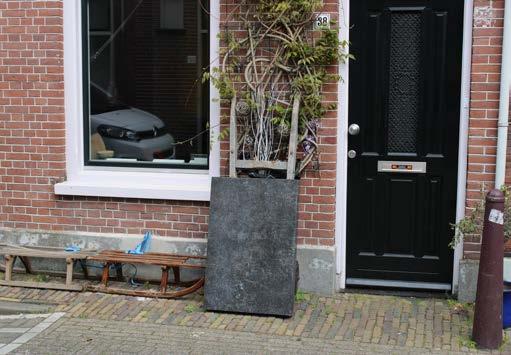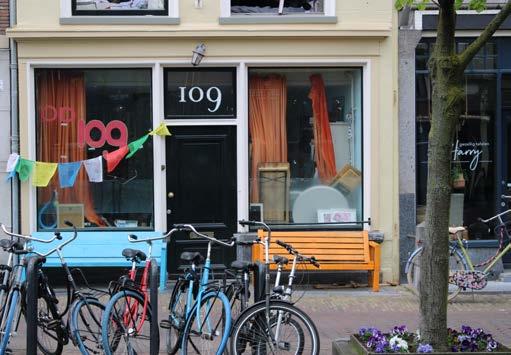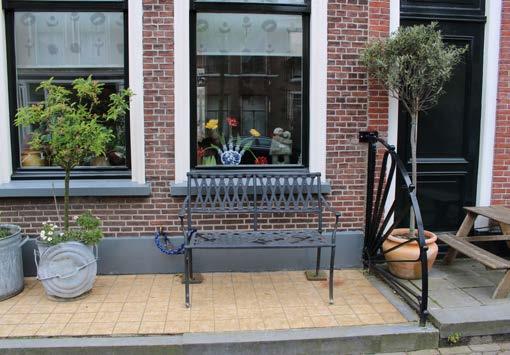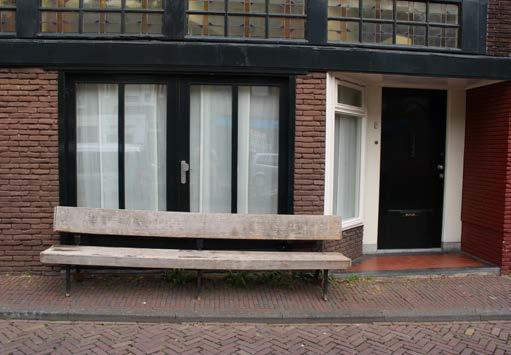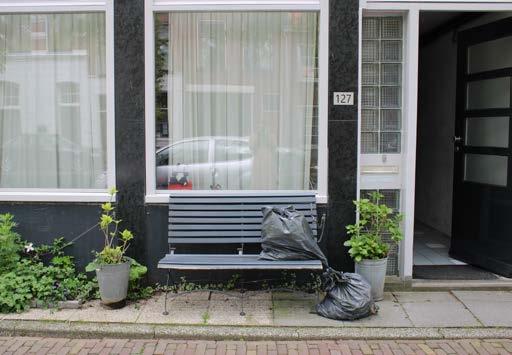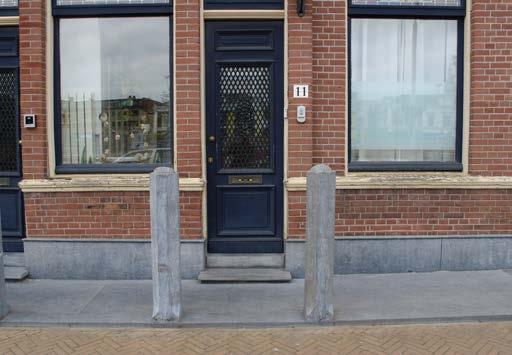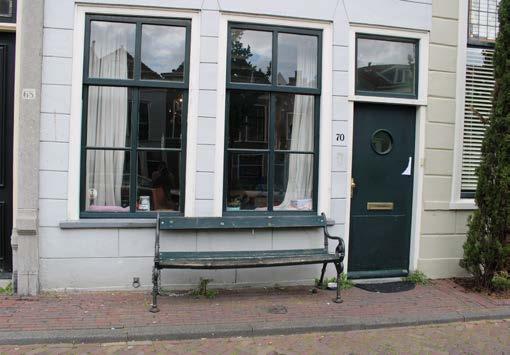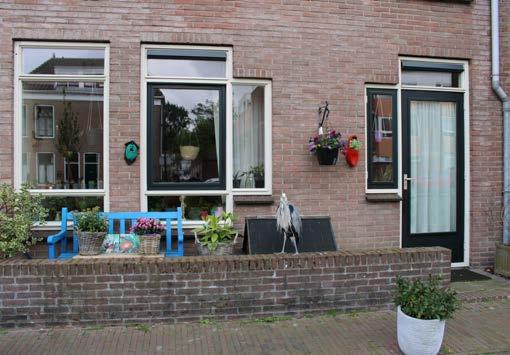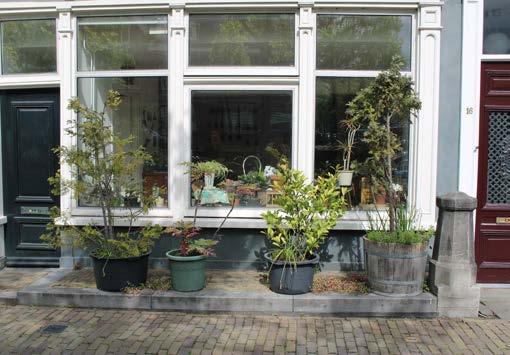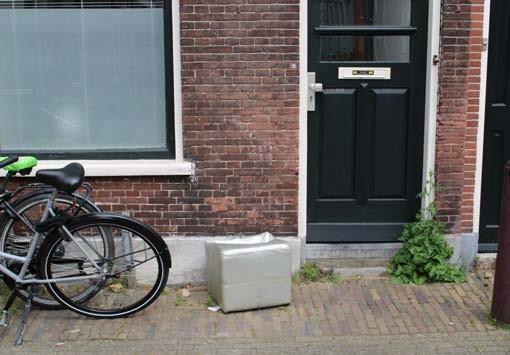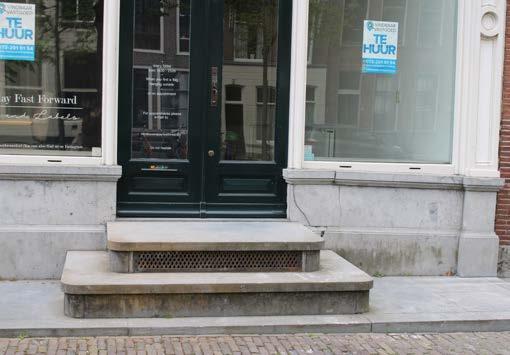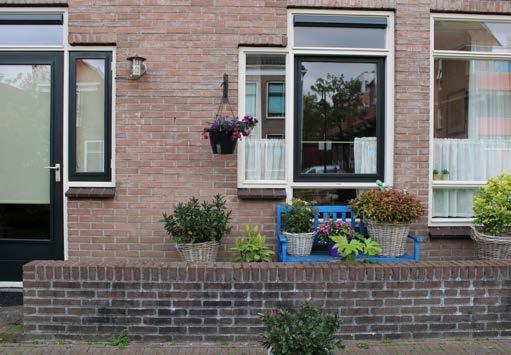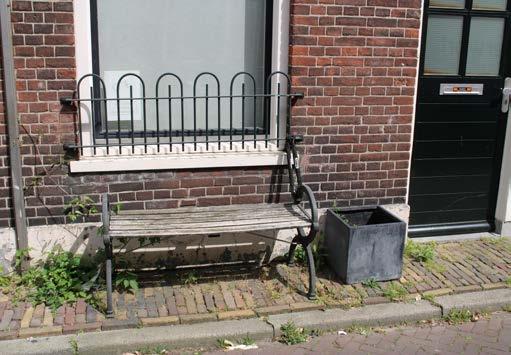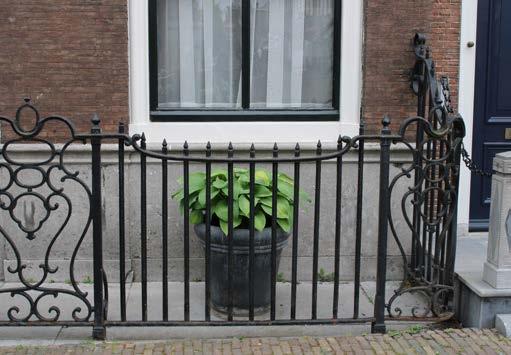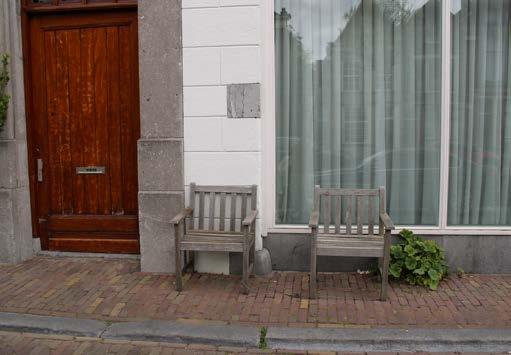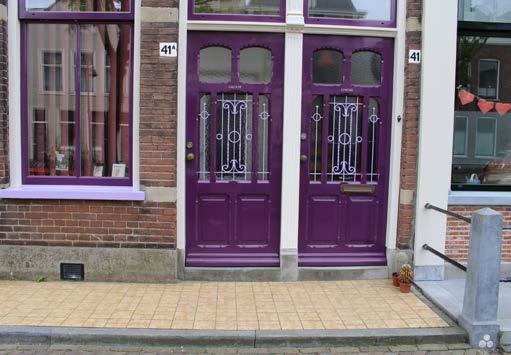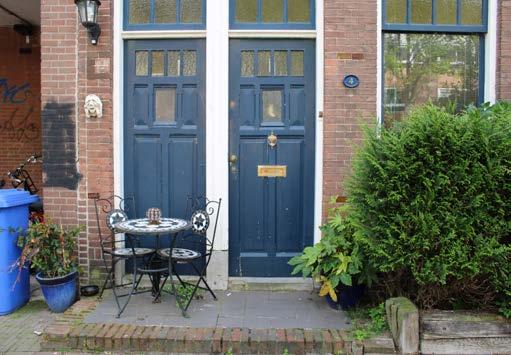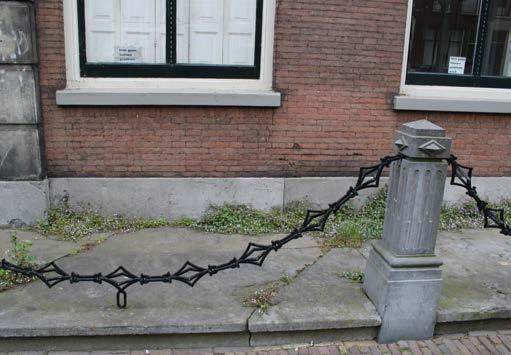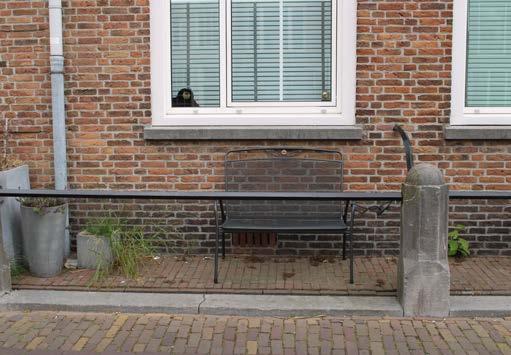
7 minute read
An Ode to the Pavement
Pen Pal

Advertisement
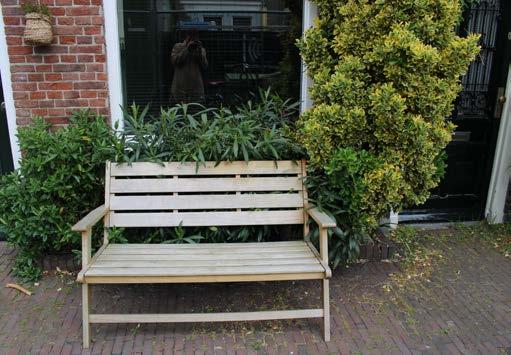
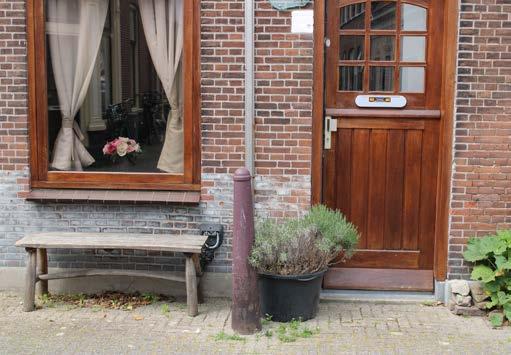
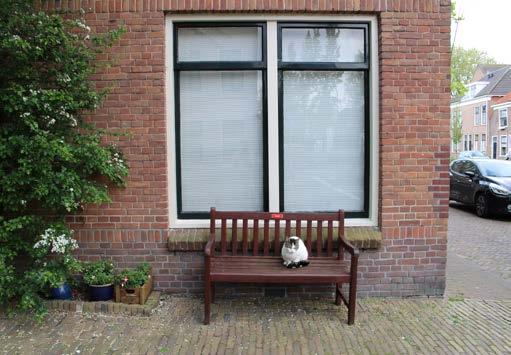

Words Margot Hols
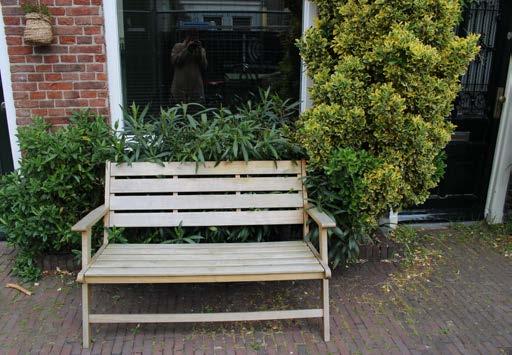

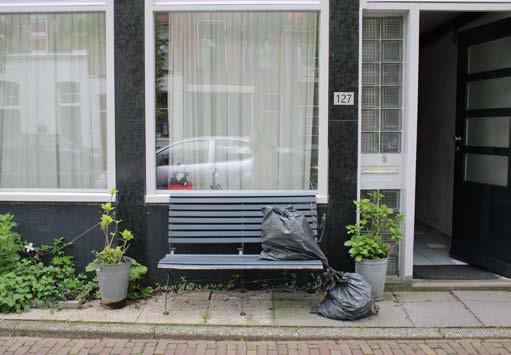
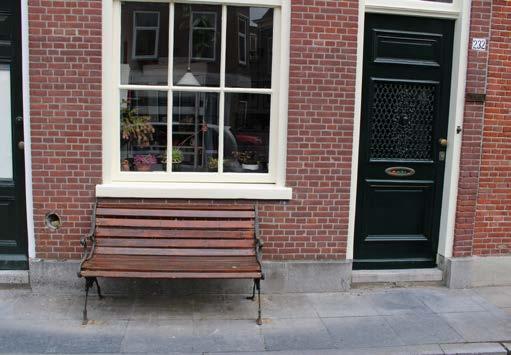

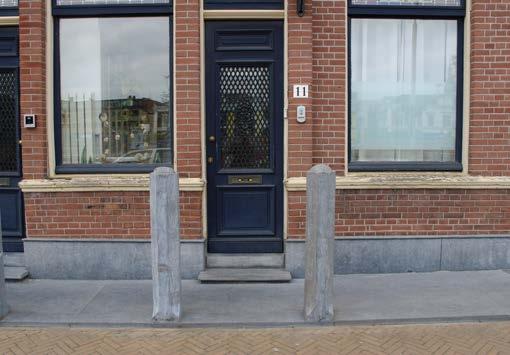
Due to the current circumstances, my ideas about ‘home’ are shifting. My physical living, working and exercising space may have been restricted to 14m 2 , but the garden has never seen my face so many times per day and I’m rediscovering my tiny neighbourhood. During these walks, the pavement provides a dancefloor of some sorts. Dodging approaching pedestrians becomes an activity in itself. Before all of this, the pavement was just there. Now, its importance as an element to structured street-life is evident. Of course, this wasn’t always like this.

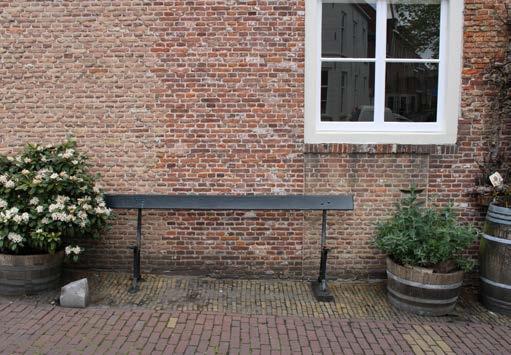
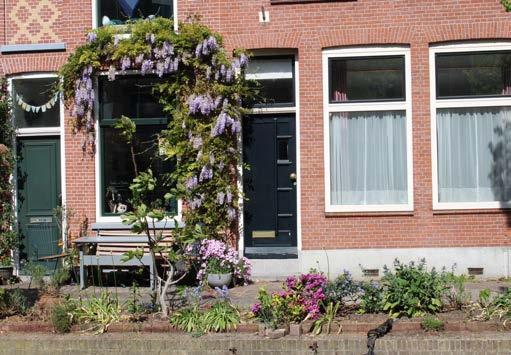
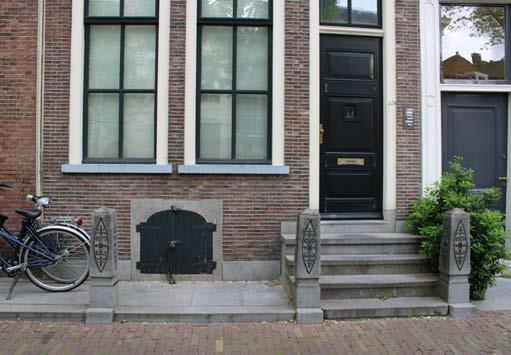
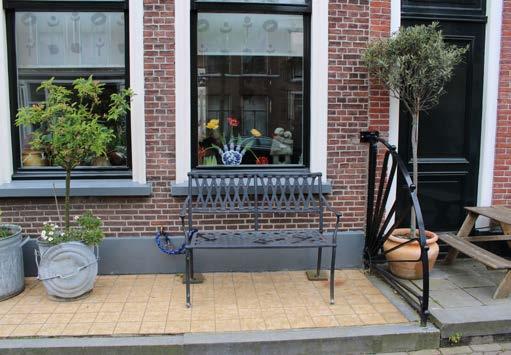
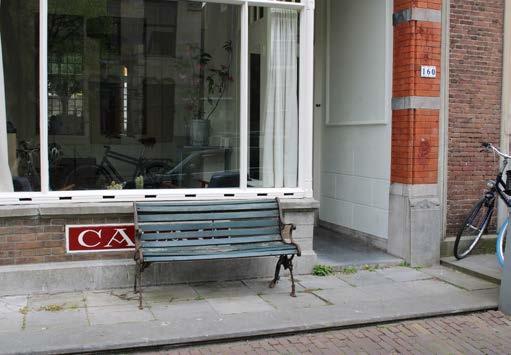
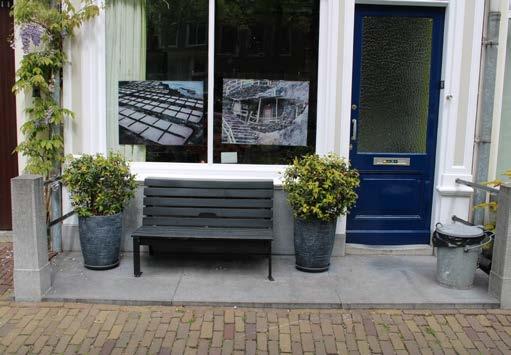
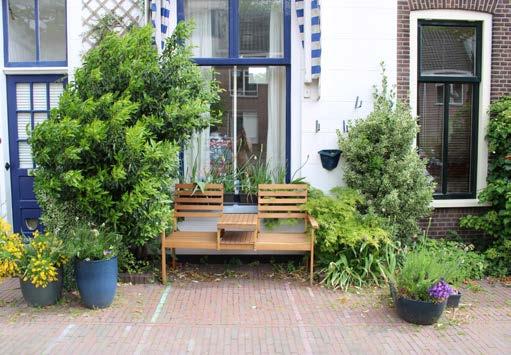
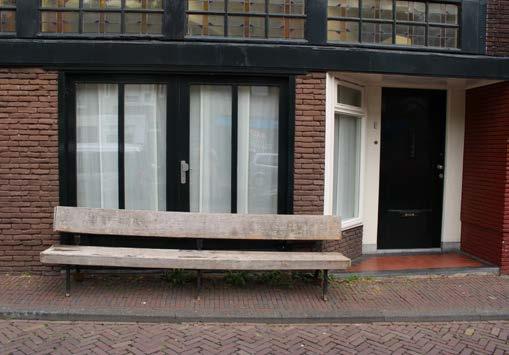
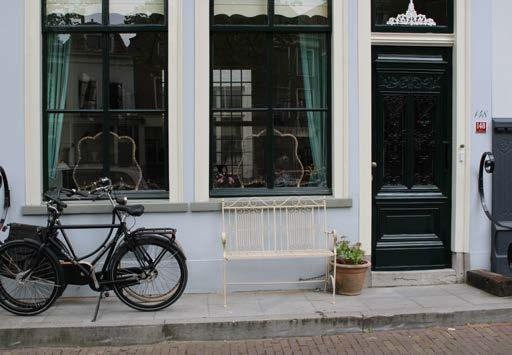
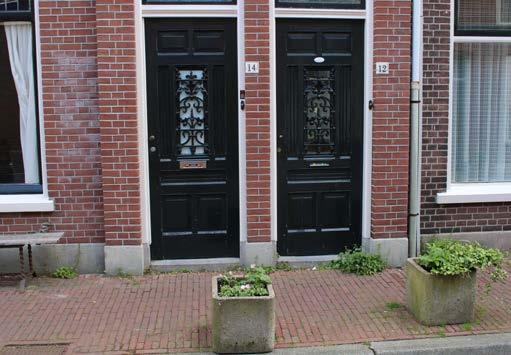
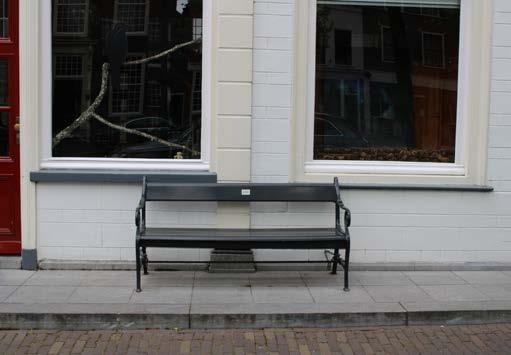
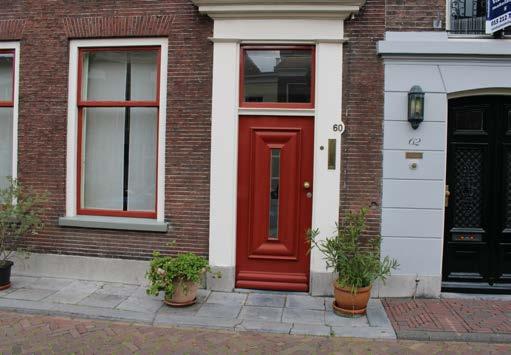
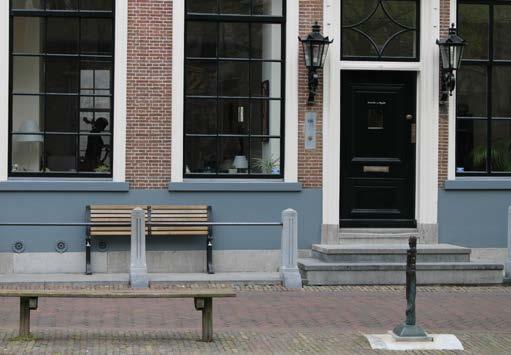


In de 15 th and 16 th century, the first ‘pavement’ was introduced by wealthy bourgeoisie, as a shield between the privacy of home and the public life and its carriages rushing by. The private pavement was often marked with fences: beams, chains, cast iron ornaments on top of a heightened piece of natural stone. Remnants are still visible in the city centre of Delft, Amsterdam and The Hague.
To prevent too much chaos in the street-image, the municipality of Delft was the first municipality who decided upon some rules for these pavements in 1573. The pavement could not be built on top or over the gutter and could have a maximum width of 1.25 meters. With this, the Delftste stoep was born.
Slowly, the fast traffic came into the picture and around the 19 th century the stoep was replaced by the trottoir. Although these words could both be translated to pavement and are mixed in use in Dutch, their origin tells us the difference between the (Delftse) stoep and the trottoir. Stoep is a scramble of the Dutch word opstappen which means ‘to step on something’ and leads us to the fact that the stoep was often heightened. Trottoir is based on the French word trotter, which basically means walking and refers to the ‘part of the road where you can walk’.
Although ‘newer’ urban areas mostly have trottoirs, the old city centres are still characterized by their narrow stoep. And the Delftse stoep seems to play a more important role in the public life, especially during these times.
Despite the bourgeoisie’s original need for a ‘privacy-shield’ it now seems that people can’t go without privacy nor without publicity. We want to be able to withdraw ourselves but also take part in public life. An inner-world, our house, and an outer-world, our stoep.
This translates to the appropriation of space by putting out benches, planters, statues and even little ‘libraries’. The Delftse stoep is not just a public space, owned by the municipality, it is inseparable from the private space, our home. The benches become a space where the newspaper is read under the last rays of sunlight, a lookout for the children playing on the street and the perfect spot for the mailman to leave a package, safely at 1,5-meter distance. The planters, finally filled with flowers, give some colour to the unusually empty streets. The mini library tells us what our neighbour likes to read or doesn’t.
The living environment is restricted, and every piece that’s left is becoming more important. The outside environment is taken care of again. The results? The stoep again becomes a place of social connection. Not just a dumping place for bikes, but a place where neighbours meet neighbours. Sometimes planned, sometimes unexpected. And in the current times, that might be just what we need.


